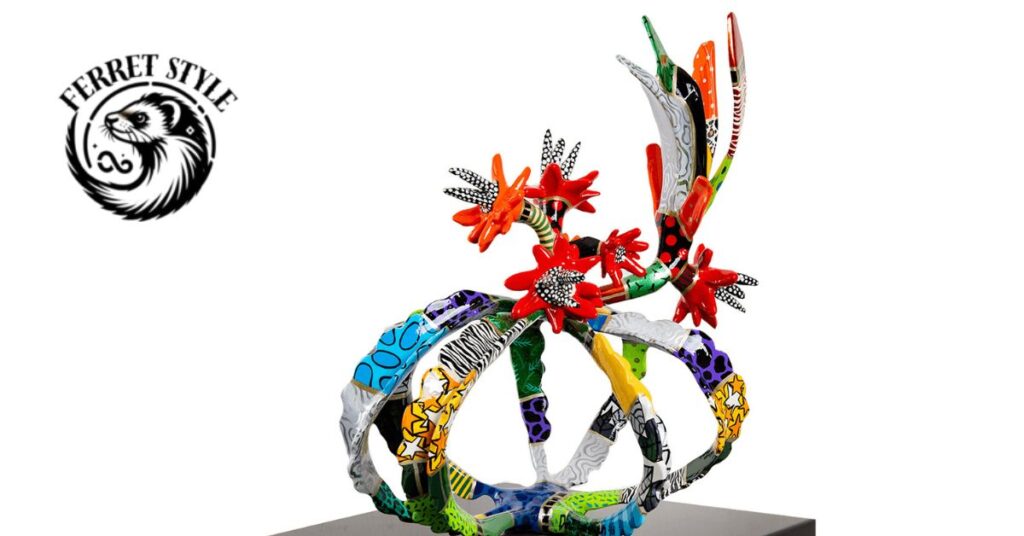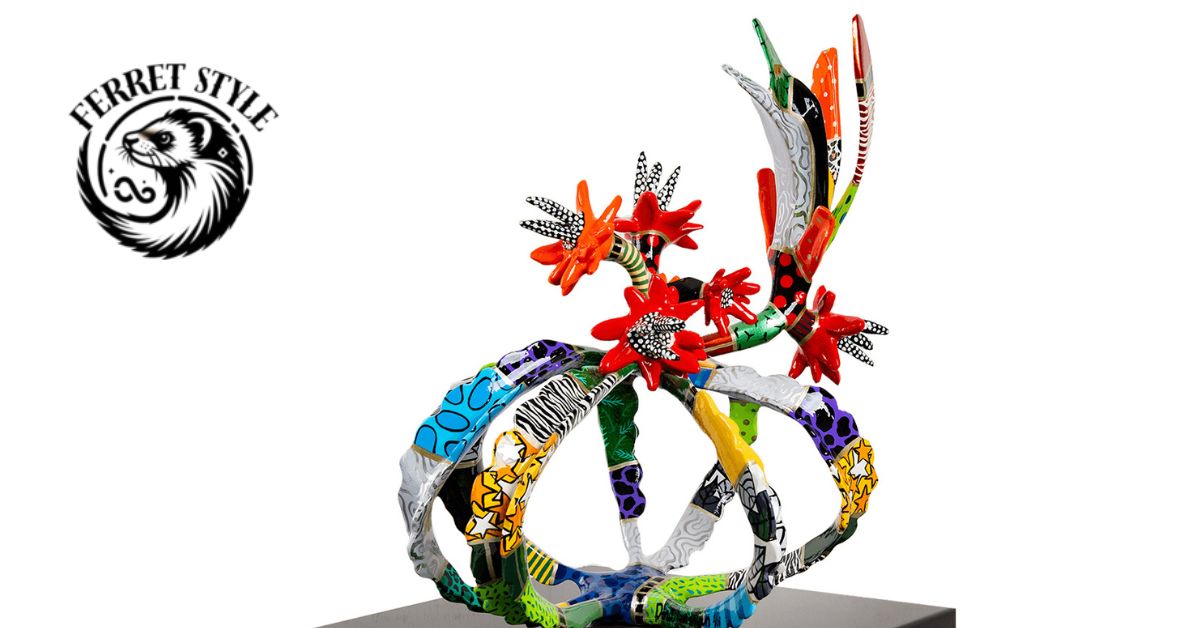
Art has been an essential part of human culture for centuries, expressing emotions, ideas, and histories uniquely. Understanding these different forms can enrich one’s appreciation of art and enhance the experience of visiting galleries or exploring creative works. This article explores various art, their characteristics, and how to identify them in various contexts.
Painting: The Essence of Color and Emotion
There are many types of art that are widely recognized and loved by people, and painting is one of them. It involves applying pigments to a surface, usually canvas, paper, or walls, using brushes, knives, or even fingers. Different styles and movements, such as realism, impressionism, and abstract, define the painting’s form and intent.
For instance, realism focuses on lifelike representations, capturing details and light precisely. On the other hand, impressionism uses quick brushstrokes and vibrant colors to capture the essence rather than the details of a scene. One can distinguish between different painting types by observing the painting style, brushwork, and color palette.
Sculpture: The Art of Three Dimensions
Sculpture is a three-dimensional form of visual art that can be carved, molded, or assembled from stone, metal, wood, or clay. This type of art focuses on form, space, and volume, creating works that can be viewed from various angles.
Sculptures can range from realistic depictions of human figures and animals to abstract forms that challenge traditional perceptions of art. Different methods in sculpture, such as carving, casting, and assembling, produce unique textures and forms. Observing the material, the technique and the sculpture’s spatial interaction can help identify its type and style.
Photography: Capturing Reality and Imagination
Photography is an art form that involves capturing images using a camera. This medium blends technical skill with creativity, offering a wide range of styles, from documentary to surreal. Documentary photography aims to capture real-life moments and tell stories, often highlighting social issues or historical events.
On the other hand, fine art photography focuses on the artist’s vision and often includes elements of fantasy, abstraction, or conceptual ideas. Understanding these aspects can help distinguish between various photography types, each offering a different perspective and message.
Digital Art: Creativity in the Digital Age
Digital art is a relatively modern form of visual art that uses digital technology as an essential part of the creative process. This includes digital painting, 3D modeling, digital illustration, and even virtual reality art. Digital artists use software and digital tools to create works that range from hyper-realistic portraits to entirely abstract forms that do not exist in the physical world.
The versatility of digital tools allows for a vast range of styles and techniques. Recognizing the use of digital tools, precision, and sometimes the inclusion of technology-based interactions can help identify digital art.
Printmaking: Art Through Reproduction
Printmaking is a unique art form that involves creating images by printing them onto surfaces like paper or fabric. Printmaking is distinguished by its ability to produce multiple copies of the same work, known as prints. Each print can vary slightly, depending on the technique and materials used, making every piece unique.
Different printmaking techniques have distinct characteristics. Identifying these techniques involves examining the texture, line quality, and layering of colors in a print.
Understanding the different forms of visual art and their characteristics allows for a deeper appreciation of creative works. From the vibrant brushstrokes of paintings to the precise lines of printmaking, each art form has its unique style, technique, and medium. Visual art’s diversity showcases human creativity and invites viewers to see the world through different lenses.



